By Kerri Rempp
Discover Northwest Nebraska Director
Tourism in Dawes County has seen a growing economic impact in the last five years.
Statistics compiled by Dean Runyan Associates on behalf of Nebraska State Tourism show that direct travel spending in Dawes County alone had an economic impact of more than $22.5 million in recently released data for 2019. While that reflects a nearly 4% drop from 2018, it remains the second highest year since 2015.
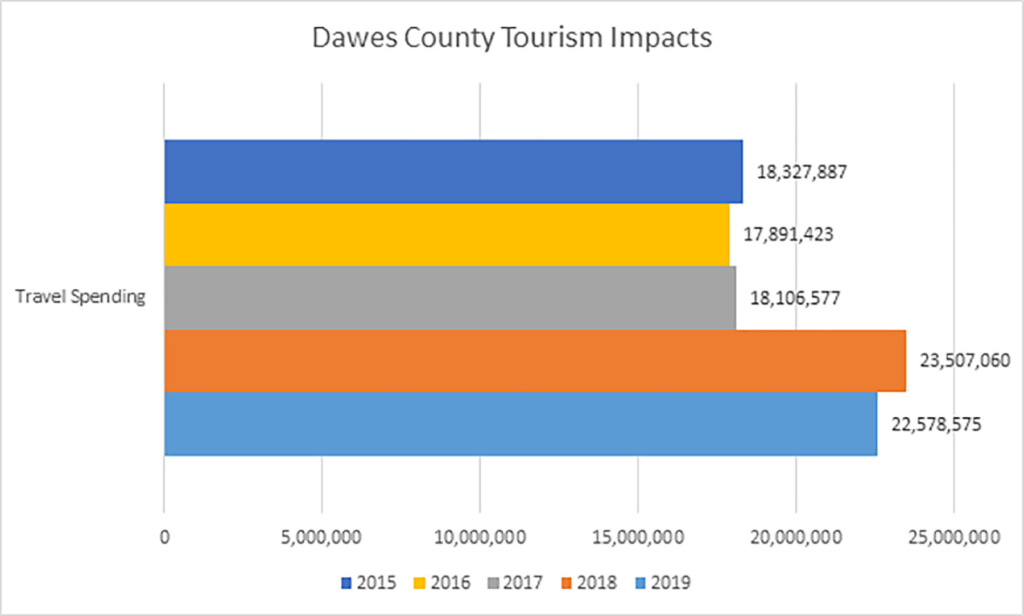
“The economic impact of tourism in Dawes County has continued to grow in the last five years. Moving forward, Dawes County, in cooperation with Sioux County, will continue to market Northwest Nebraska to new and returning visitors,” said Kerri Rempp, Discover Northwest Nebraska director. “We believe there is still growth potential in our region, especially in the wake of a global pandemic that has travelers searching for uncrowded, affordable, outdoor activities.”
The tourism industry supported 320 jobs in Dawes County last year, and generated $4.7 million in industry earnings, according to the Dean Runyan study. Leisure and hospitality businesses benefited from $3.9 million of those industry earnings, and retail and transportation totaled another $727,000. Visitor spending averaged $262.80 per night. These numbers again represented the second highest figures for Dawes County since 2015.
More than $3.9 million in tax revenue at the state and local levels also was generated. This figure includes lodging and sales taxes at the local level, as well as airport passenger facility charges and any property taxes attributable to travel industry businesses. On the state level, the figure includes lodging, sales and motor fuel taxes, and business and personal income taxes attributable to the travel industry.
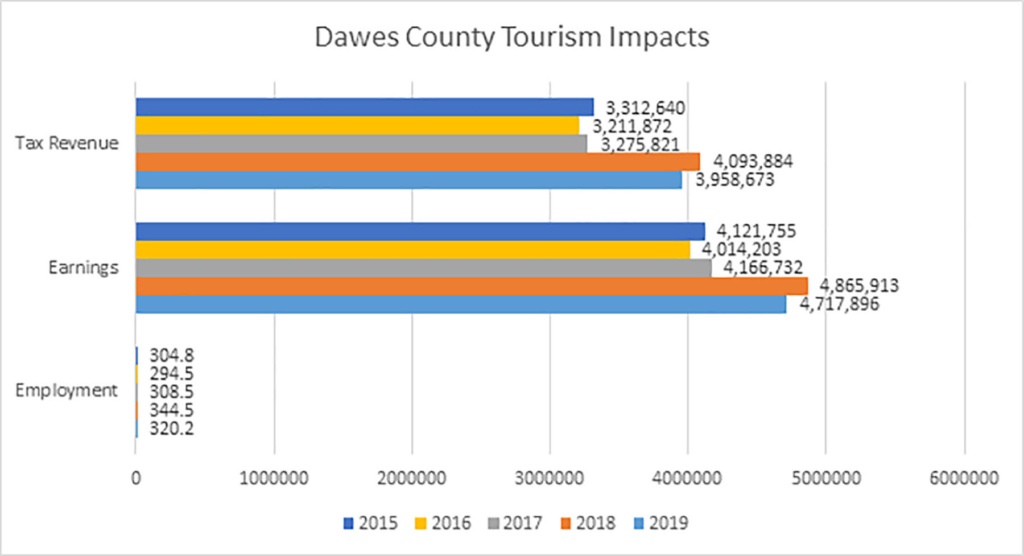
Dawes County collects a 4% lodging tax on all overnight stays in the county, and those monies are divided equally between Promotion and Improvement funds. The Dawes County Travel Board oversees the use of those funds, awarding grants for promoting events, improving attractions and purchasing advertising to promote the region to potential visitors.
Six separate months of 2019 set records for lodging tax dollars collected, and 2019 was the second highest year for lodging tax collections since they began in 1980. The county’s fiscal year, which spanned half of 2019 and half of 2020 was also the second highest in terms of lodging tax dollars collected, in spite of a dramatic decrease in revenue during the final quarter due to the COVID-19 pandemic.

The lodging taxes collected at the county level represent more than $5.1 million spent by visitors at local lodging facilities, noted Deb Cottier, Northwest Nebraska Development Corporation executive director.
“These numbers explain why it is critical to our economy that we maintain, and if possible, grow the number of visitors and length of stay at our attractions in Northwest Nebraska,” Cottier said. “We have an opportunity to extend the visitor season with events and attraction availability, but we must also provide the types and level of hospitality businesses the visitors expect. With more than 320 jobs attributed to the visitor industry, it is second only to agriculture when it comes to its impact on our economy through for-profit businesses.”
The impact of tourism on the region’s economy is further enhanced by the inter-local agreement to market Dawes and Sioux counties together as Northwest Nebraska, Rempp said.
“Marketing a larger region allows us to offer visitors more reasons to consider Northwest Nebraska for their trip, and makes it more appealing for longer stays to explore all of our attractions and communities,” she explained.
Sioux County’s statistics for 2019, according to the Dean Runyan study, indicate that county added an additional $652,420 in direct travel spending, supporting 10 jobs and generating $189,285 in industry earnings and $93,781 in tax revenues at the state and local levels. Overnight visitors in Sioux County spent an average of $86.49 nightly. Sioux County collected $3623.62 in lodging taxes last year, representing more than $90,500 spent by visitors at local lodging facilities. Sioux County maintains its own Travel Board to oversee its lodging tax collections.
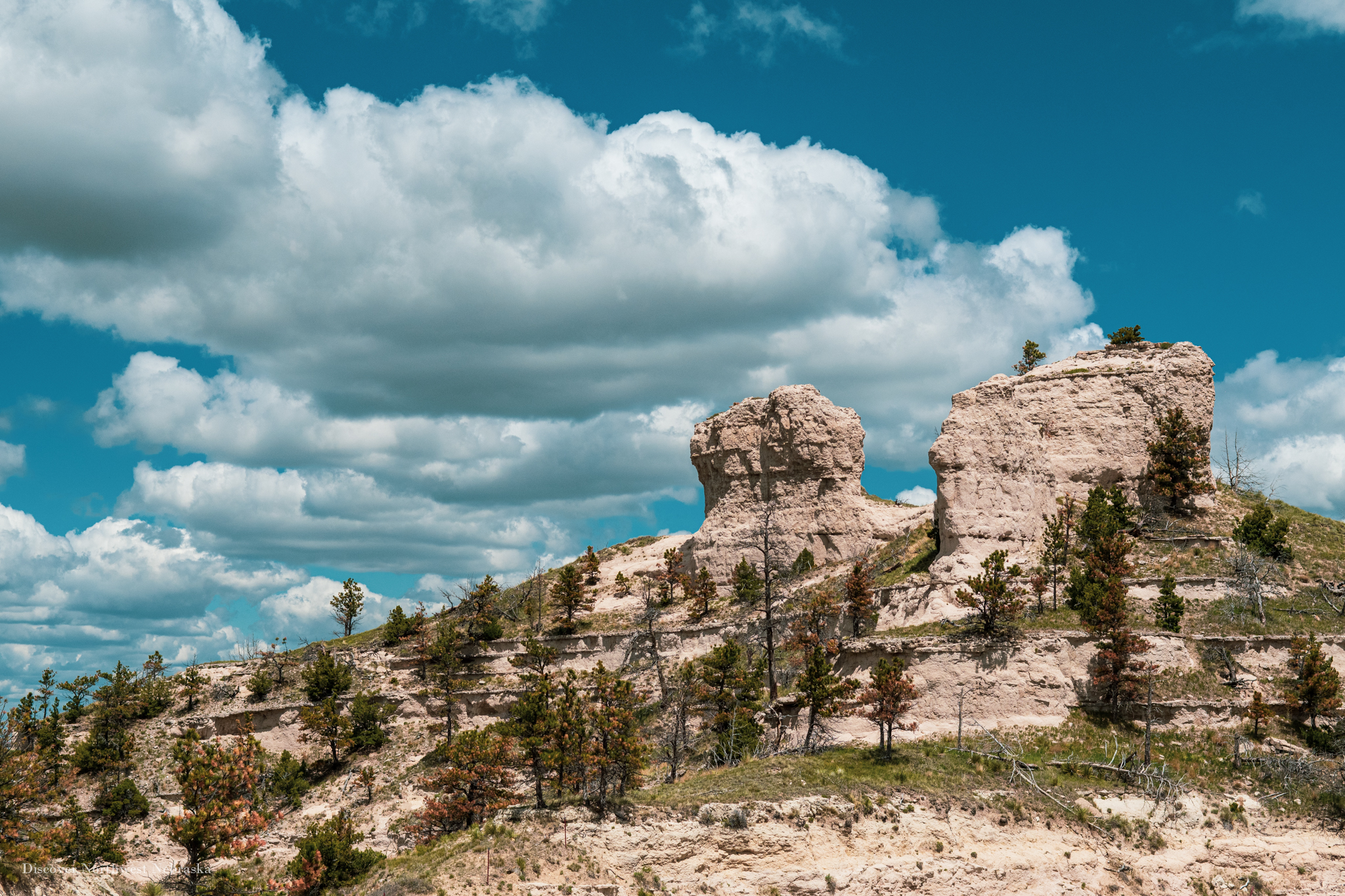
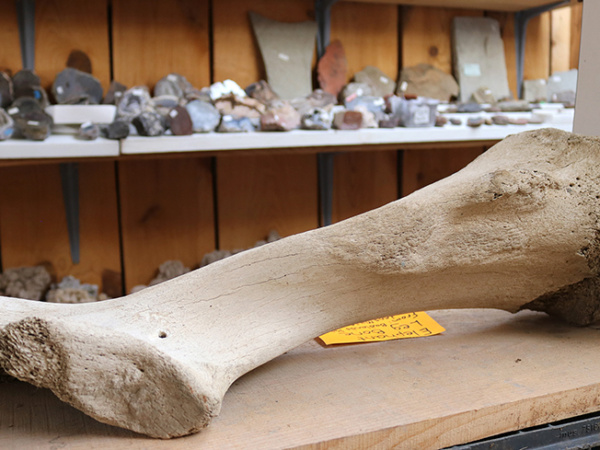
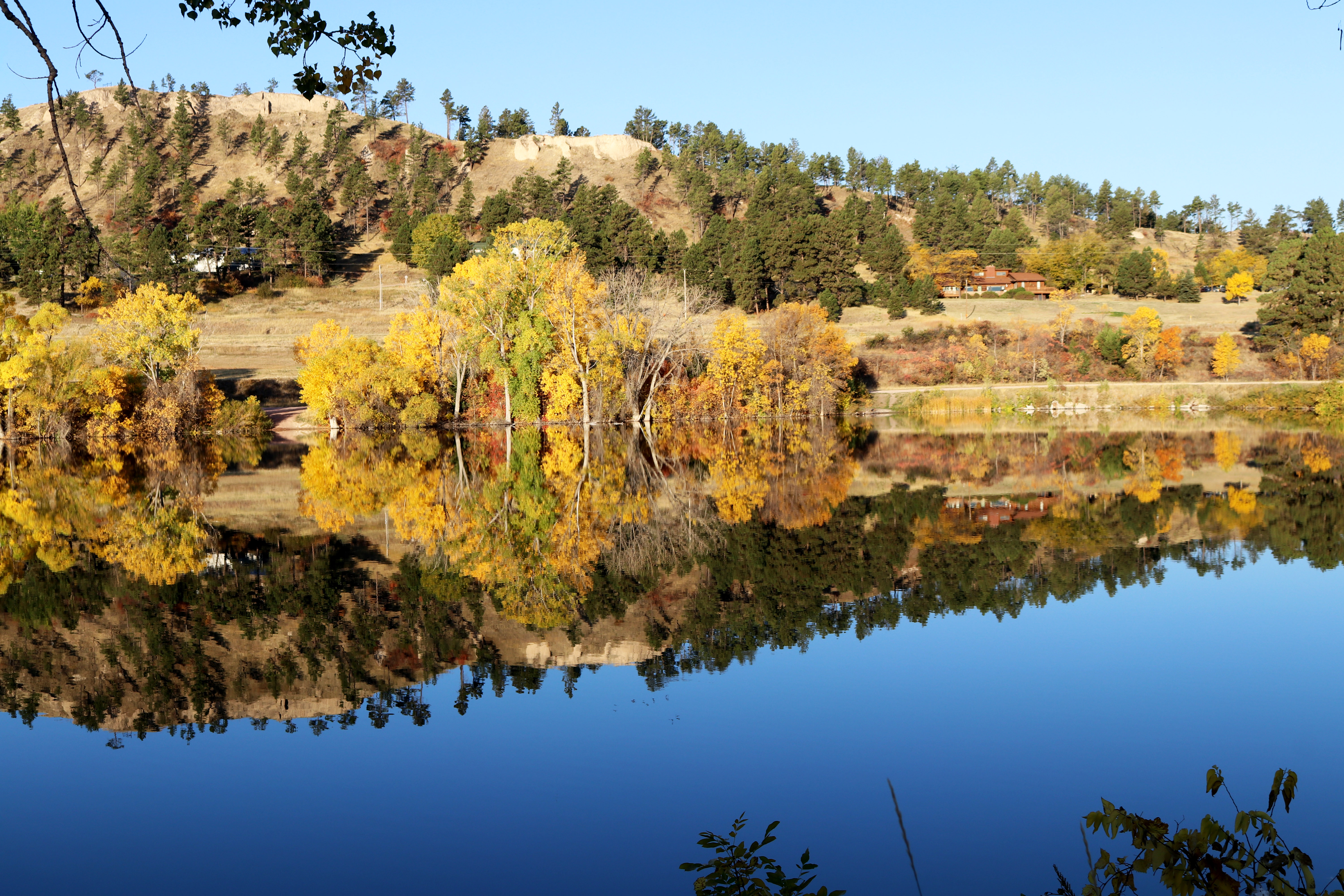



Леонид
A crane migration and tons of trails make this the home of wandering. If wandering ever stayed home. Totally amazing, from bluffs to buffaloes to the fact that the Oregon Trail is somehow in Nebraska.